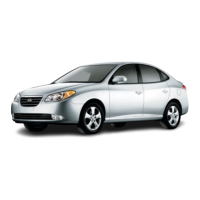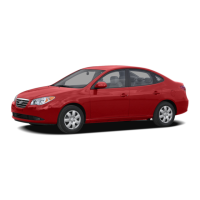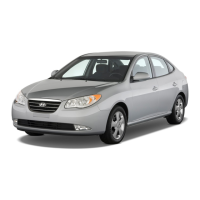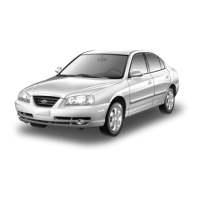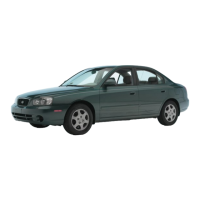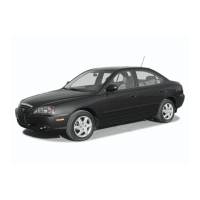Driving your vehicle
207
Tyre chains
Since the sidewalls of radial tyres are
thinner, they can be damaged by mount-
ing some types of snow chains on them.
Therefore, the use of snow tyres is rec-
ommended instead of snow chains. Do
not mount tyre chains on vehicles
equipped with aluminum wheels; snow
chains may cause damage to the
wheels. If snow chains must be used,
use wire-type chains with a thickness of
less than 15 mm (0.59 in). Damage to
your vehicle caused by improper snow
chain use is not covered by your vehicle
manufacturers warranty.
Install tyre chains only on the front tyres.
Chain installation
When installing chains, follow the manu-
facturer's instructions and mount them as
tightly as you can. Drive slowly with
chains installed. If you hear the chains
contacting the body or chassis, stop and
tighten them. If they still make contact,
slow down until it stops. Remove the
chains as soon as you begin driving on
cleared roads.
CAUTION
• Make sure the snow chains are
the correct size and type for your
tyres. Incorrect snow chains can
cause damage to the vehicle
body and suspension and may
not be covered by your vehicle
manufacturer warranty. Also, the
snow chain connecting hooks
may be damaged from contacting
vehicle components causing the
snow chains to come loose from
the tyre. Make sure the snow
chains are SAE class “S” certi-
fied.
• Always check chain installation
for proper mounting after driving
approximately 0.5 to 1 km (0.3 to
0.6 miles) to ensure safe mount-
ing. Retighten or remount the
chains if they are loose.
WARNING
- Mounting chains
When mounting snow chains, park
the vehicle on level ground away
from traffic. Turn on the vehicle
Hazard Warning flashers and place
a triangular emergency warning
device behind the vehicle if avail-
able. Always place the vehicle in 1
st
(first) gear, apply the parking brake
and turn off the engine before
installing snow chains.
1VQA3007
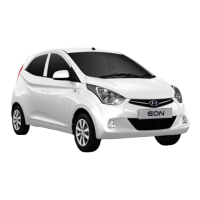
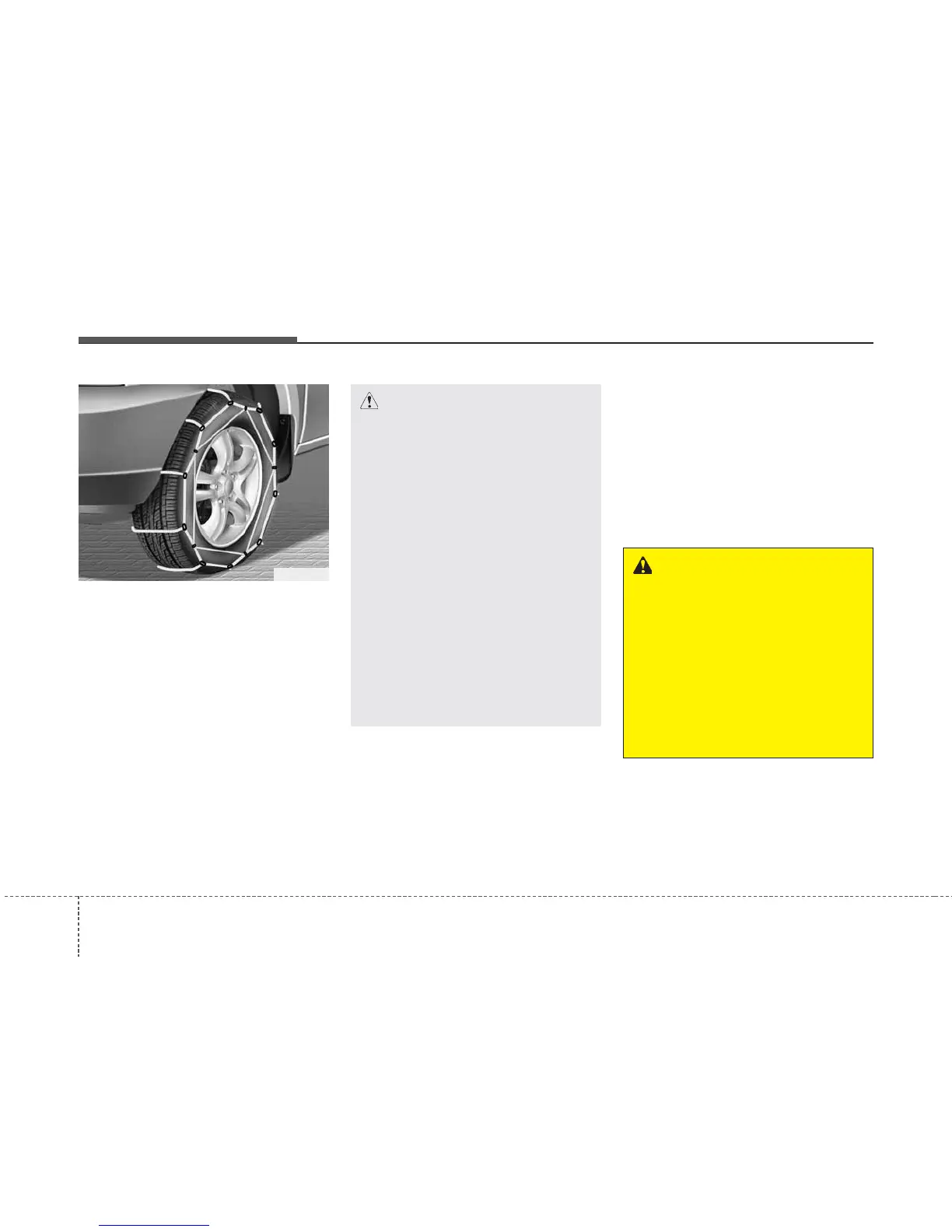